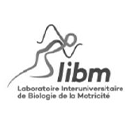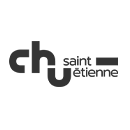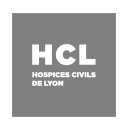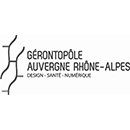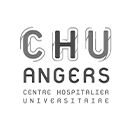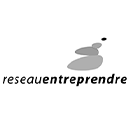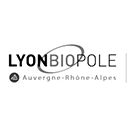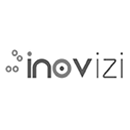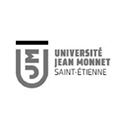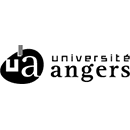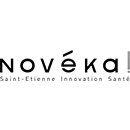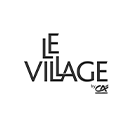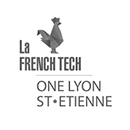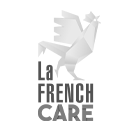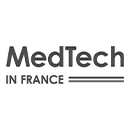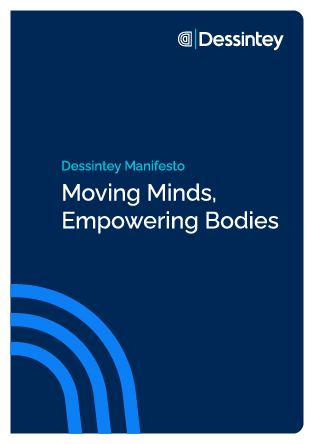Moving minds,
Empowering Bodies
Intensive rehabilitation technologies to accelerate recovery & ensure greater patient quality of life
Moving Minds,
Empowering Bodies,
Intensive Rehabilitation Technologies to accelerate recovery & ensure greater patient quality of life
Our manifesto
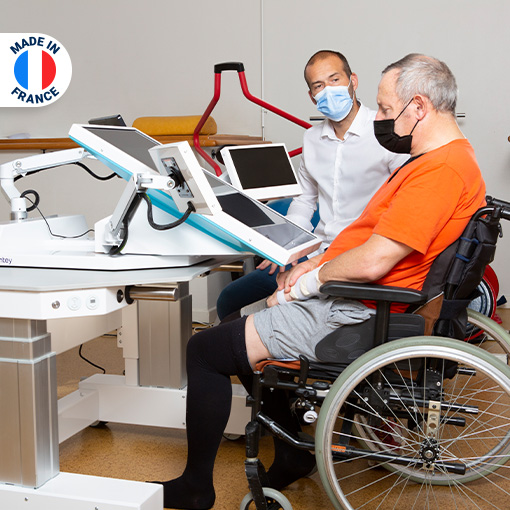
Engineering & designing
intensive rehabilitation technologies
Our mission is to assist patients throughout their healing and rehabilitation journey.
Our technological solutions aim at increasing, diversifying and personalizing their daily therapy program from the moment they join the rehabilitation center until they return at home.
Dessintey relies on the latest scientific evidence in neuroscience and on its close contact with therapists and doctors to offer simple and efficient technologies.
The co-founders,
Nicolas FOURNIER, Davy LUNEAU, Pr. Pascal GIRAUX.
Evidence-based therapy driven
Transforming proven therapies into user-friendly devices for superior patient compliance and results
Mirror Therapy
(MT)
IVS
Intensive Visual Simulation
Constraint Induced Movement Therapy (CIMT)
STIIMP
Implicit Induced Stimulation
Self-Rehabilitation
(SR)
SRT
Self-Rehabilitation Technology
Autonomy or group therapy
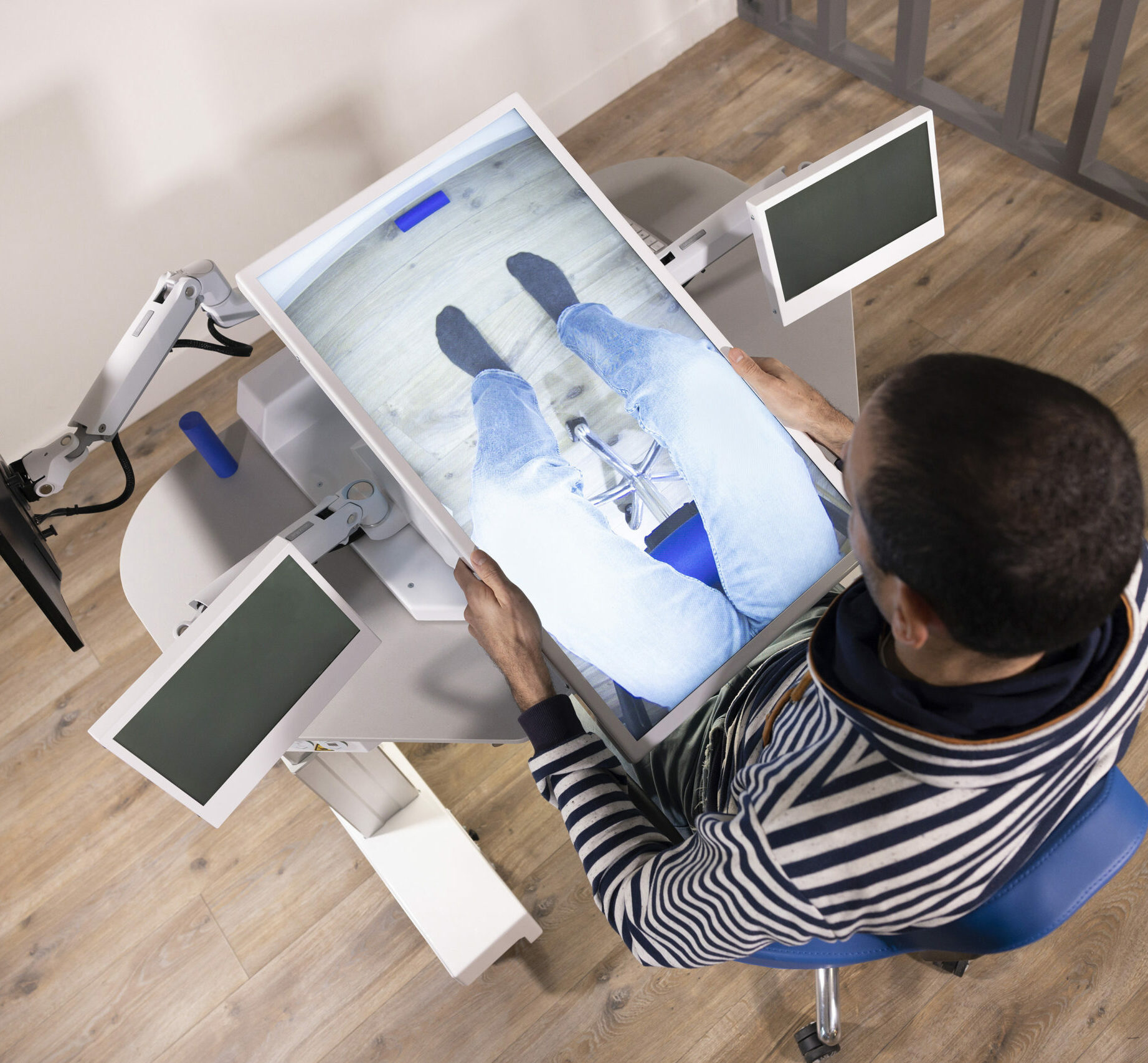
IVS | Intensive Visual Simulation
A unique technology dedicated to motor planning and central control of movement
- Action Observation (AO)
- Motor Imagery (MI)
- Mirror Therapy (MT)
IVS replaces the image of the affected limb with a positive image of movement performed by the healthy limb. Upper or lower limb movement observation with IVS automatically induces a cortical sensorimotor activation. Reinstating coherence between what the patient intends to do and the sensations he perceives prompts relearning.
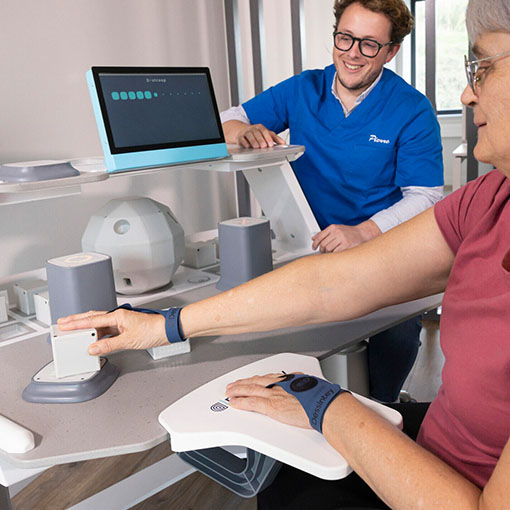
STIIMP | Implicit Induced Sitmulation
Reinforce & Reward the use of the pathological limb
By combining motor and cognitive tasks in a playful, adaptive environment, it encourages voluntary use of the affected limb.
Clinically validated and easy to integrate into existing care, STIIMP enhances therapy intensity, engagement and outcomes across all recovery stages.

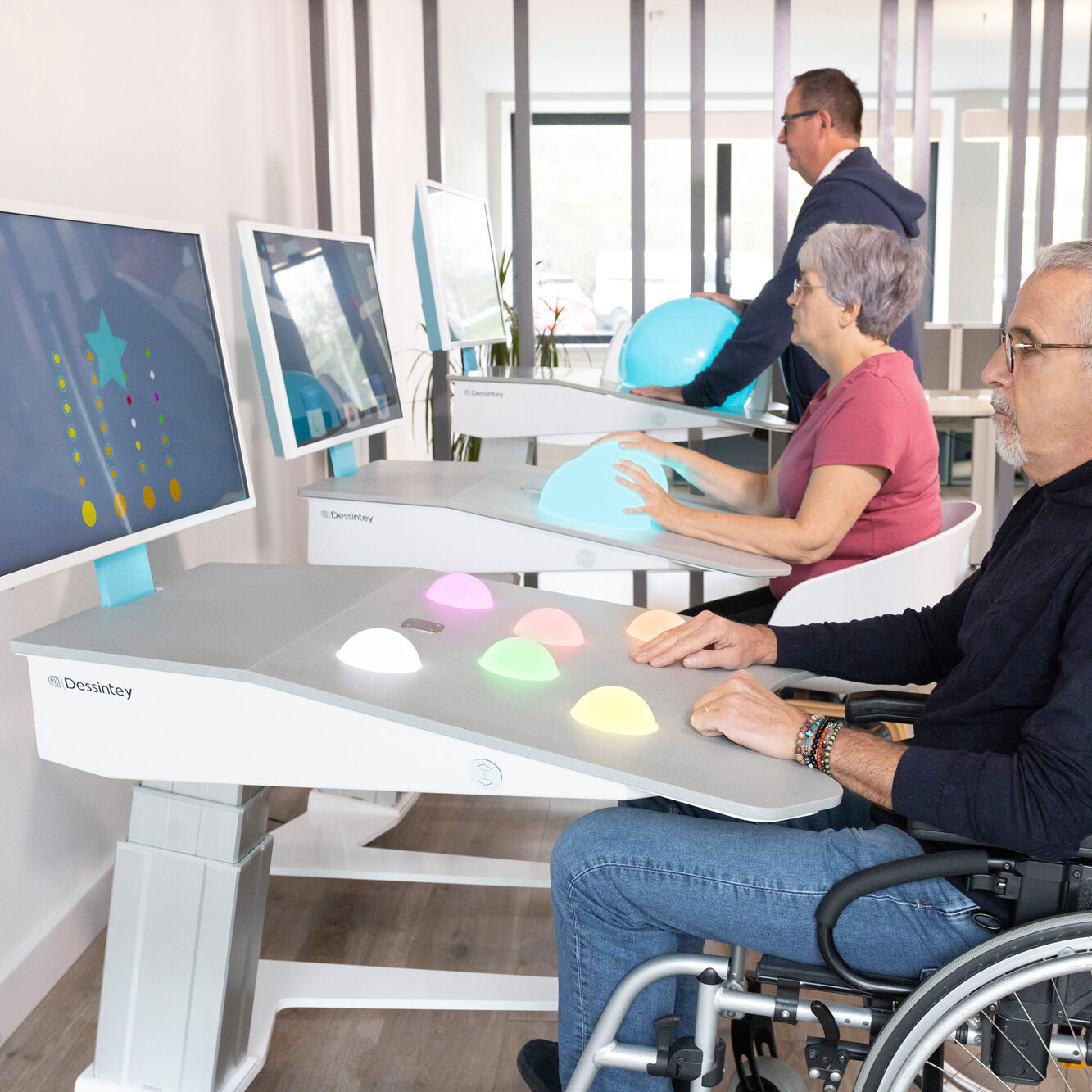
Guided Self-Rehabilitation Lab
Break the cycle of physical inactivity
Ageing population is a challenge for healthcare systems.
Furthermore, with current resources and organisations, it is becoming increasingly difficult to meet international guidelines in terms of rehabilitation intensity and frequency, especially in neurorehabilitation.
Diversify care pathways with innovative solutions can help to face these challenges.
Integrating a guided self-rehabilitation lab into the care pathway helps to reduce inactivity time and makes the patient actor in his or her own rehabilitation. He/she consolidates and improves his motor recovery, in addition to conventional therapy.
News
Distinctions
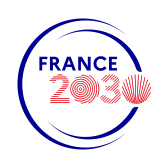
2024
i-Nov contest winner – France 2030
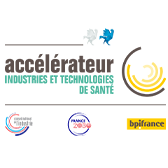
2023
Health Industries & Technologies Accelerator Award – BPI France

4 awards for IVS4 design
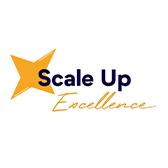
Scale Up Excellence award
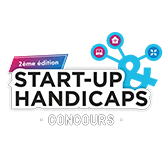
Start-Up Handicaps Contest Award
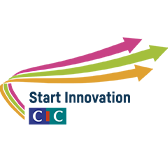
Innovation Start -Up Award
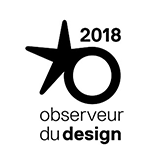
Design Observer labellization

2018
Prix Coup de Coeur BPI France
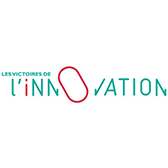
Victoires de l’Innovation Award “Coup de Coeur du Jury”
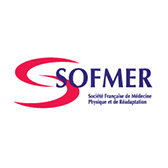
Innovation Award by the SOFMER
Partners
